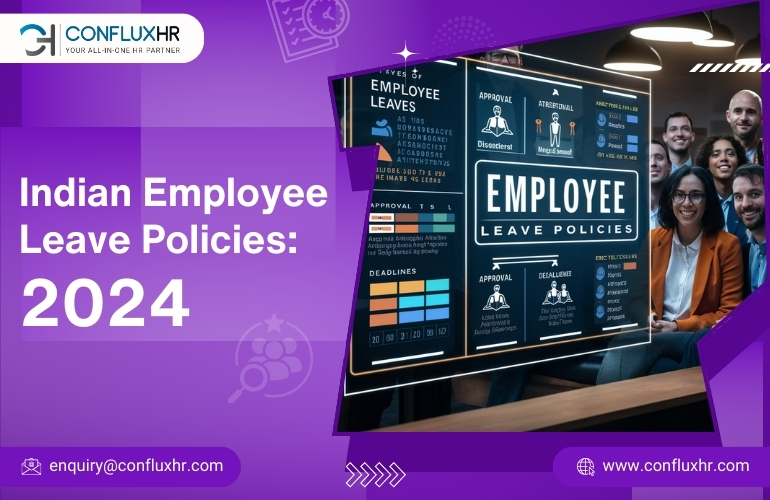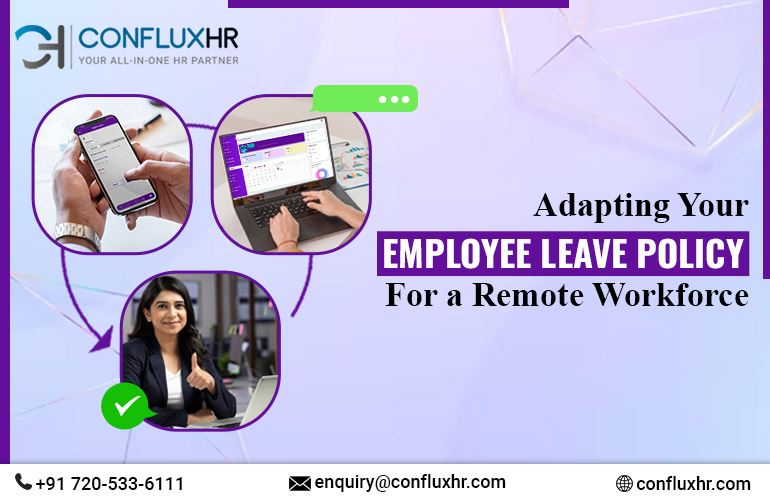Understanding employee leave policies is essential for fostering a positive work environment and enhancing productivity. As we step into 2024, staying updated with the latest changes and trends in leave policies is crucial for both employers and employees. This guide will walk you through the basics of employee leave policies, focusing on the key updates for 2024, especially in the Indian context.
Understanding the Basics of Employee Leave Policies
Employee leave policies are designed to ensure that employees have the right to take time off from work for various reasons without compromising their job security or income. These policies generally include different types of leave such as Paid Leave (PL), Casual Leave (CL), Sick Leave (SL), and Maternity/Paternity Leave. Globally, there is a growing trend towards more flexible and comprehensive leave policies that cater to the diverse needs of the workforce.
Indian Employee Leave Policies: An Overview
India has a robust framework for employee leave policies, governed by the Factories Act and the Shops and Establishment Act. Here are some of the key types of leave available:
- Paid Leave (Earned Leave): This leave accrues over time and can be used for any personal reason.
- Casual Leave: Generally used for short-term and unexpected needs.
- Sick Leave: Provided for health-related issues.
- National and Festival Holidays: Mandatory holidays as per state laws.
- Maternity Leave: Governed by the Maternity Benefit Act, ensuring paid leave for new mothers.
- Paternity Leave: Although not as developed, there are growing discussions around expanding this provision.
Key Updates in Indian Leave Policies for 2024
2024 brings several important updates to Indian leave policies, aimed at improving work-life balance and inclusivity:
- Extended Maternity and Paternity Leave: Increased durations to better support new parents.
- Wellness Leave: Introduction of wellness leave to promote mental and physical health.
- Menstrual Leave: Some states and companies are now offering menstrual leave.
- Flexible Leave Management: Enhanced flexibility in how leave can be accrued and used.
- Employer Obligations: Stricter compliance requirements to ensure fair implementation of leave policies.
Comparing Indian Leave Policies with Global Standards
When compared to global standards, Indian leave policies are evolving to match the best practices seen in countries like the USA, UK, and Australia. For instance, countries with advanced leave policies often offer comprehensive parental leave, mental health days, and flexible working arrangements. India is gradually adopting similar practices to enhance employee satisfaction and productivity.
Employee Leave Policies and Remote Work
The rise of remote and hybrid work models has significantly impacted leave policies. Companies are now adjusting their leave policies to better accommodate remote workers, ensuring that they have access to the same benefits as on-site employees. This includes creating flexible leave arrangements and addressing the unique challenges remote work presents.
Practical Tips for Employers
Employers can ensure effective leave management by:
- Creating a Comprehensive Leave Policy Manual: Clearly outlining all types of leave and the procedures for applying.
- Effective Communication: Ensuring all employees are aware of their entitlements and how to apply for leave.
- Transparent Approval Process: Implementing a fair and consistent process for leave approval.
- Utilizing Technology: Leveraging HRMS tools like ConfluxHR for efficient leave management.
Practical Tips for Employees
Employees can make the most of their leave entitlements by:
- Understanding Their Rights: Knowing the types of leave available and how to apply.
- Planning Leave: Strategically planning leave to maintain a work-life balance.
- Staying Informed: Keeping up with policy changes to ensure they are utilizing their leave effectively.
Future Trends in Employee Leave Policies
Looking ahead, we can expect further advancements in leave policies both in India and globally. The increasing focus on mental health and wellness, the integration of technology in leave management, and the continuous push for more inclusive policies are trends to watch out for.
Conclusion
Staying updated with the latest changes in employee leave policies is essential for both employers and employees. It ensures a harmonious work environment and promotes employee well-being. With the advancements in 2024, including the support of tools like ConfluxHR, managing and understanding leave policies has never been easier. Embrace these updates, and prioritize a balanced and productive work life.
Stay informed, plan wisely, and use your leave to achieve a healthier work-life balance. ConfluxHR is here to support you every step of the way.





